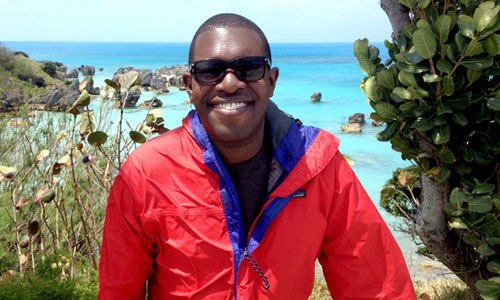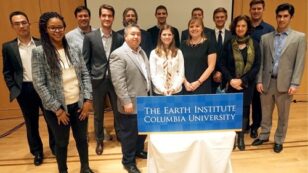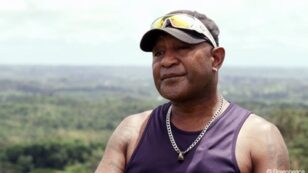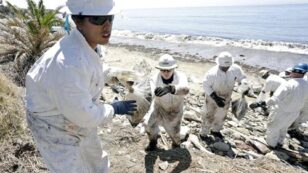
Greening the Fashion Industry
Over the last year, no area of sustainability has drawn as much interest from students in Columbia University’s Sustainability Management graduate program than the environmental performance of the fashion industry. One of these students is Kwesi Blair, who has, himself, worked in the retail of fashion for a decade, and who has experienced, firsthand, the […]

 233k
233k  41k
41k  Subscribe
Subscribe 








